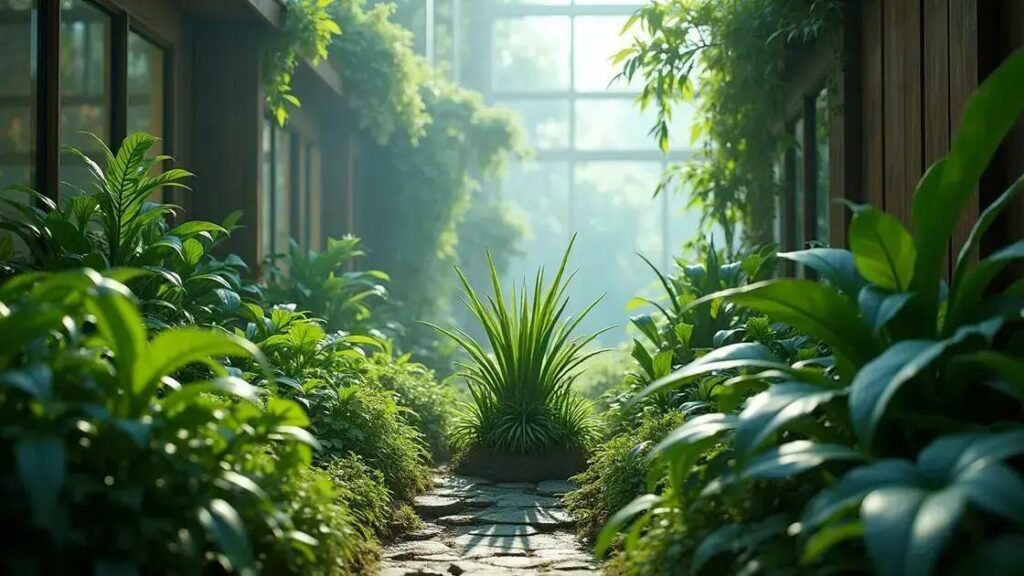How to care for spider plant babies can seem daunting, but nurturing these delightful green friends is simpler than you think. With a little know-how, you can cultivate a flourishing environment for your spider plant babies. Let’s explore the best practices to keep these plants vibrant and healthy.
Table of Contents
ToggleWatering schedule for spider plant babies
Watering schedule for spider plant babies is vital for their growth and overall health. These charming little plants thrive when given the appropriate amount of water. To ensure your spider plant babies flourish, it’s essential to understand their watering needs based on various factors including season, soil type, and environmental conditions.
Understanding moisture needs
- Spider plant babies prefer to dry out slightly between watering.
- Overwatering can lead to root rot, while underwatering can cause wilting.
- Check the top 1-2 inches of soil; if it feels dry, it’s time to water.
Establishing a watering routine
- During spring and summer, water your spider plant babies every 1-2 weeks.
- In the fall and winter, reduce watering to every 2-4 weeks.
- Use room temperature water to avoid shocking the plants.
Signs of proper watering
- Healthy green leaves indicate adequate hydration.
- Yellow or browning leaves may suggest overwatering.
- Droopy leaves could be a sign of underwatering.
Tips for effective watering
| Season | Watering Frequency | Soil Check |
|---|---|---|
| Spring/Summer | 1-2 weeks | Dry top 1-inch |
| Fall/Winter | 2-4 weeks | Dry top 2-inches |
By following a careful watering schedule for your spider plant babies, you set the foundation for healthy growth. You might also enjoy exploring indoor gardening techniques to enhance your green thumb.
This structured approach lets you care for your plants effectively while ensuring they get the proper nutrients they need.
Soil requirements to nurture plant growth

Soil requirements to nurture plant growth are crucial for the development of healthy spider plant babies. The right soil not only supports root health but also ensures efficient nutrient and moisture retention. Selecting the proper potting mix can significantly impact the growth of your plants.
Ideal soil composition
- Spider plants thrive in well-draining, light soil that allows air circulation.
- A mix of peat, pine bark, and perlite creates an optimal environment.
- Avoid heavy soils that retain too much moisture.
Choosing the right potting mix
- Look for commercial potting mixes labeled for houseplants or tropical plants.
- Consider creating your own mix using one part peat, one part perlite, and one part compost.
- Ensure the pot has drainage holes to prevent standing water.
pH levels and nutrients
The ideal pH range for spider plant soil is between 6.0 and 7.0. Regularly check nutrient levels and amend the soil as needed. You might consider:
- Adding organic fertilizers during the growing season.
- Using a slow-release granular fertilizer to provide consistent nutrients.
Signs of proper soil health
| Healthy Signs | Indicators of Poor Soil |
|---|---|
| Vibrant green leaves | Yellowing or wilting foliage |
| Strong root development | Root rot or mushiness |
Maintaining the right soil environment is essential for the health of your spider plant babies. For more insights, consider exploring indoor gardening techniques to enhance your plant care knowledge.
Optimal sunlight exposure for thriving spider plants
Optimal sunlight exposure for thriving spider plants is crucial to maintaining healthy and vibrant growth. These resilient indoor plants thrive best in bright, indirect light, which nourishes them without overwhelming their delicate leaves.
Understanding light requirements
- Spider plants prefer bright, indirect sunlight for optimal health.
- Avoid direct sunlight, as it can scorch their leaves.
- They can tolerate low-light conditions but may not thrive as well.
Best locations for placement
- Place your spider plant near west or east-facing windows for ideal conditions.
- North-facing windows will provide softer light, which is also suitable.
- Avoid placing them in dark corners where they receive little to no light.
Signs of proper sunlight exposure
Monitoring your spider plants can help you identify if they’re receiving the right amount of light:
- Vibrant, green leaves indicate adequate light levels.
- Stretched, leggy growth shows that the plant is reaching for more light.
- Brown tips may suggest too much direct sunlight exposure.
Adjusting light conditions
| Light Type | Growth Stage | Recommended Action |
|---|---|---|
| Bright, indirect light | Optimal | Maintain current placement |
| Low light | Stagnant growth | Move to brighter area |
| Direct sunlight | Leaf scorching | Relocate to indirect light |
Ensuring your spider plants receive the right amount of light is essential for their growth. To further enhance your indoor gardening skills, consider exploring indoor gardening techniques that can benefit all your plants.
In conclusion
Caring for spider plant babies requires attention to their watering schedule, soil requirements, and optimal sunlight exposure. By understanding and addressing each of these aspects, you can foster a thriving environment for your plants, ensuring they remain healthy and vibrant. Remember to monitor their growth and make adjustments as needed. For additional insights, check out these tips on enhancing your indoor garden to further your gardening journey.

